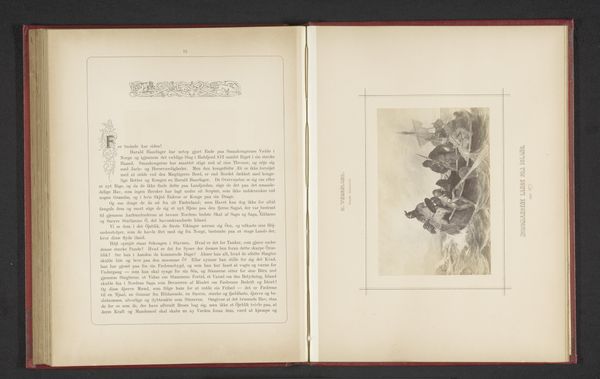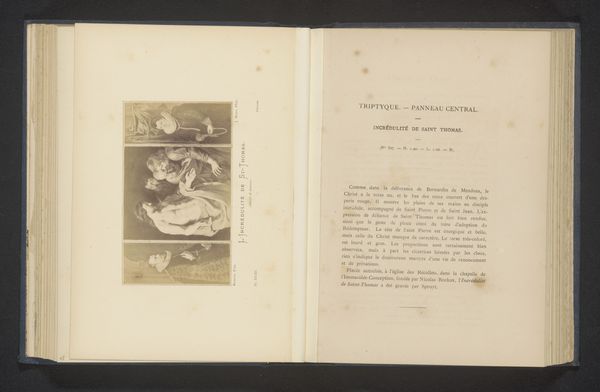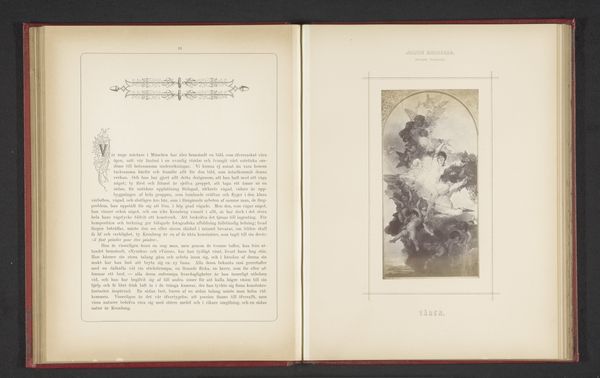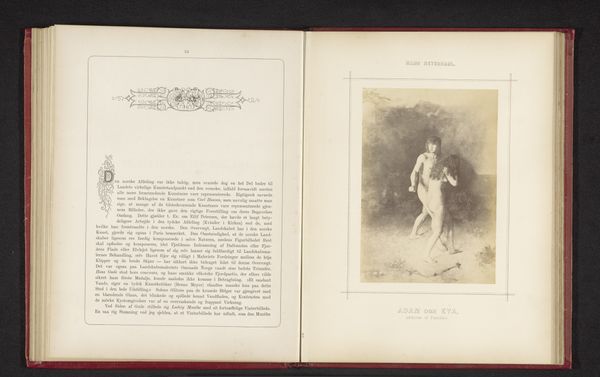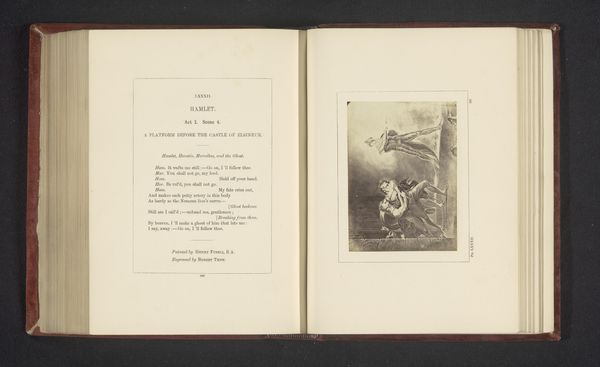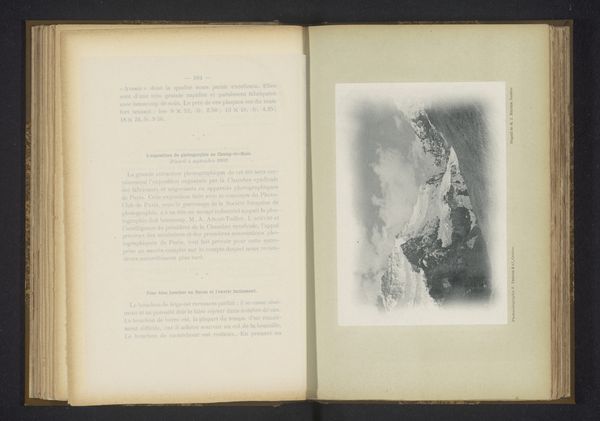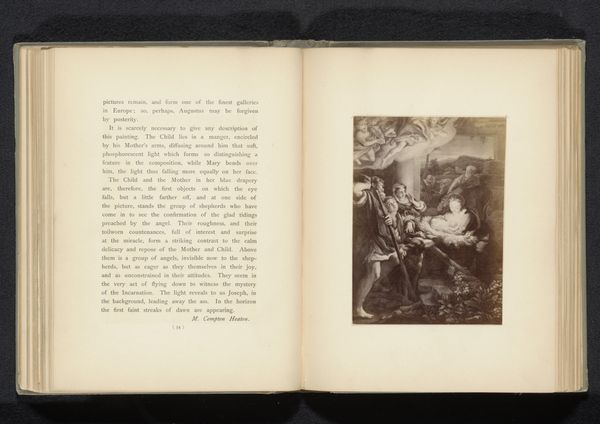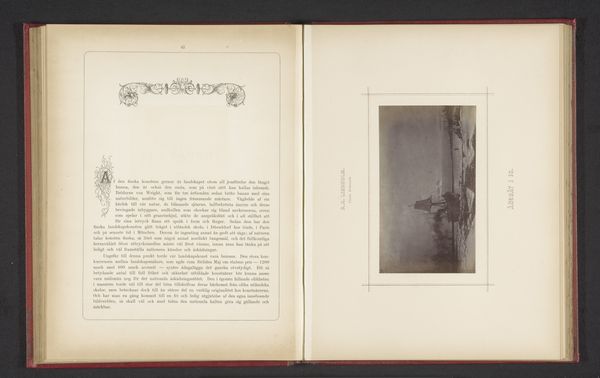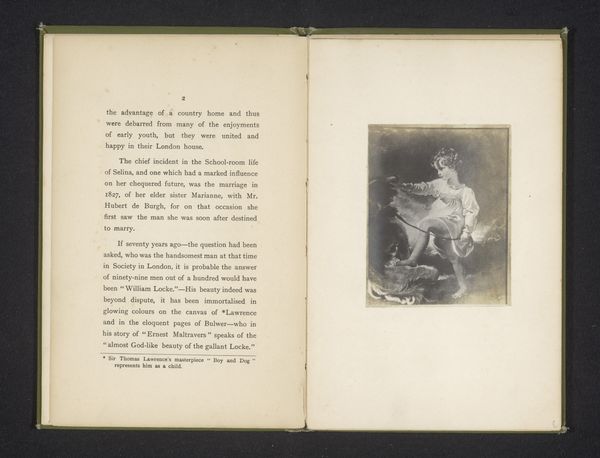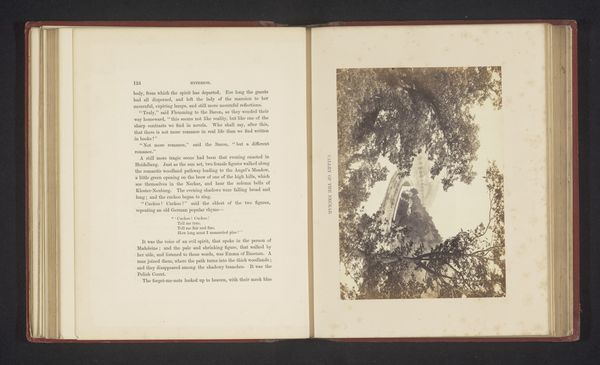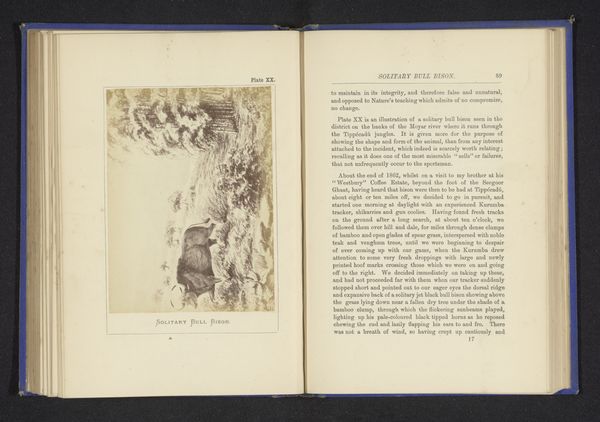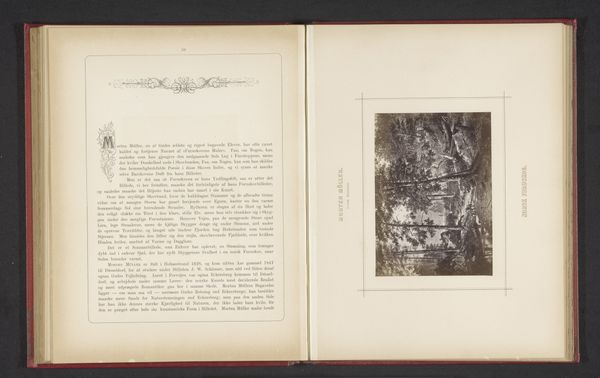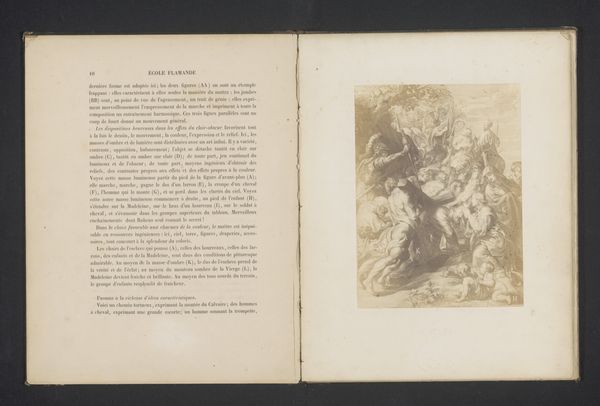
Fotoreproductie van een schilderij van een jonge man op een paard door Peter Nicolai Arbo before 1878
0:00
0:00
Dimensions: height 135 mm, width 105 mm
Copyright: Rijks Museum: Open Domain
Curator: This is a photographic reproduction of a painting by Peter Nicolai Arbo, created before 1878. The original work depicts a young man on horseback, set against a dynamic backdrop. Editor: My first impression is that the romanticized image conveys power and a sense of liberation; there's an interesting tension created by what appears to be movement within the still image. Curator: The image certainly draws upon romantic themes, but I am immediately drawn to the physical production of the print, and consider the industrial means through which this image would have been circulated and consumed during the late 19th century. This challenges our notions about "high art." How did mass production impact perception and reception? Editor: Agreed; yet the core symbolic power transcends the mode of distribution. Consider the white horse, a long-standing symbol of purity, nobility, and victory. Combined with the youthful rider, draped heroically, the image suggests the ideals of leadership and heroic virtue— a continuity of symbolism across centuries. It's striking how effective these core icons remain. Curator: That heroic veneer is certainly present. However, let’s consider the social circumstances within which the print was created. Prints made art accessible beyond the elite. It would be important to examine the historical demand for images like these in the Victorian Era, considering societal values regarding class, gender, and national identity. How did images like this enforce specific narratives? Editor: Those Victorian Era values are definitely a crucial factor. What interests me more, though, is how easily a contemporary viewer recognizes these motifs despite those shifts. We are still receptive to the archetypal image of a young man and his noble steed— a cultural inheritance passed down through generations. How much has visual literacy really evolved? Curator: The continuous existence of such imagery, repurposed for other functions, supports your statement, and the image serves as a fascinating mirror to see how historical ideas transform in their visual culture. Editor: Indeed. Ultimately, understanding the endurance of those motifs adds profound depth to experiencing art. Thank you.
Comments
No comments
Be the first to comment and join the conversation on the ultimate creative platform.
